
Brihadeeshwara Temple, also known as the Big Temple, is a UNESCO World Heritage site located in the town of Thanjavur in the Indian state of Tamil Nadu. Built in the 11th century by the Chola dynasty, the temple is dedicated to Lord Shiva and is one of the most famous and visited temples in India.
The Brihadeeshwara Temple is known for its magnificent architecture and grandeur. The temple complex spans over 20 acres and features several structures, including a towering vimana (temple tower) that is over 200 feet tall. The vimana is made of granite and features intricate carvings and sculptures that depict scenes from Hindu mythology.
The Brihadeeshwara temple also features a massive Nandi statue, which is the largest monolithic Nandi statue in the world. The statue is made of a single stone and measures over 16 feet in height and 20 feet in length.
The Brihadeeshwara Temple is also known for its intricate carvings and sculptures. The walls of the temple are adorned with beautiful carvings of gods, goddesses, and mythological creatures. The temple also features several mandapas (halls) that are adorned with intricate carvings and sculptures.
The Brihadeeshwara temple is a testament to the rich cultural and architectural heritage of the Chola dynasty. It was built using a system of interlocking stones that allowed it to withstand earthquakes and other natural disasters. The temple also features several water tanks and channels that were used to store and distribute water.
The Brihadeeshwara Temple is not just a religious site, but also a cultural and historical landmark. It is a popular destination for tourists and pilgrims alike, who come from all over the world to admire its magnificent architecture, explore its rich history, and seek blessings from Lord Shiva.
The Brihadeeshwara Temple in Thanjavur is a magnificent temple that showcases the rich cultural and architectural heritage of the Chola dynasty. It is a must-visit destination for anyone interested in ancient history and art. A visit to Brihadeeshwara Temple is an experience that is sure to leave a lasting impression on any traveler who ventures into this incredible temple.

Brihadeeshwara Temple in Thanjavur is a significant temple dedicated to Lord Shiva and is known for its rich cultural heritage and the ancient rituals and ceremonies that take place here. Here are some of the important rituals and ceremonies that take place at the Brihadeeshwara Temple:
Abhishekam: Abhishekam is a ritualistic bathing of the deity with milk, water, honey, and other sacred ingredients. This ritual is performed to purify the deity and bestow blessings upon the devotees.

Pooja: Pooja is a ritualistic offering of flowers, fruits, and other sacred items to the deity. It is performed to express gratitude and devotion towards the deity.
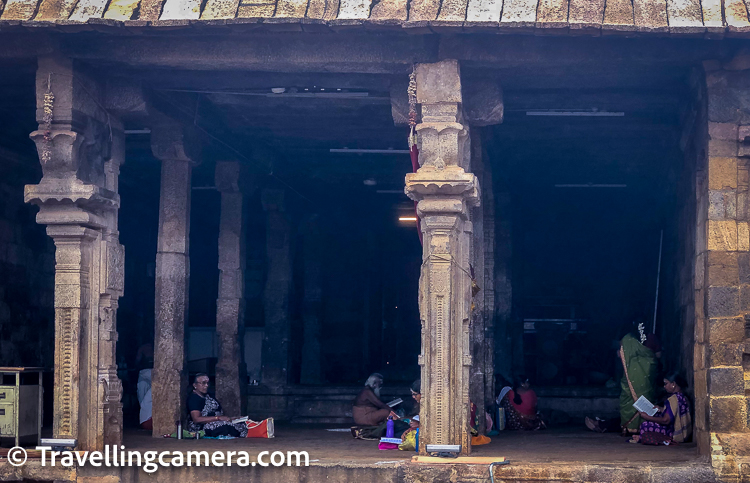
Arati: Arati is a ritual of waving lighted lamps in front of the deity. It is performed to ward off evil spirits and to invoke blessings from the deity.
Maha Shivaratri: Maha Shivaratri is one of the most important festivals celebrated at Brihadeeshwara Temple. It is dedicated to Lord Shiva and is celebrated with great fervor and enthusiasm.
Brahmotsavam: Brahmotsavam is a 10-day festival that is celebrated annually at the temple. It is marked by a procession of the temple's deities around the town, accompanied by music and dance performances.
Annabhishekam: Annabhishekam is a unique ritual in which the main deity is bathed with cooked rice, milk, and other food items. It is performed to express gratitude towards the deity for providing food and nourishment.
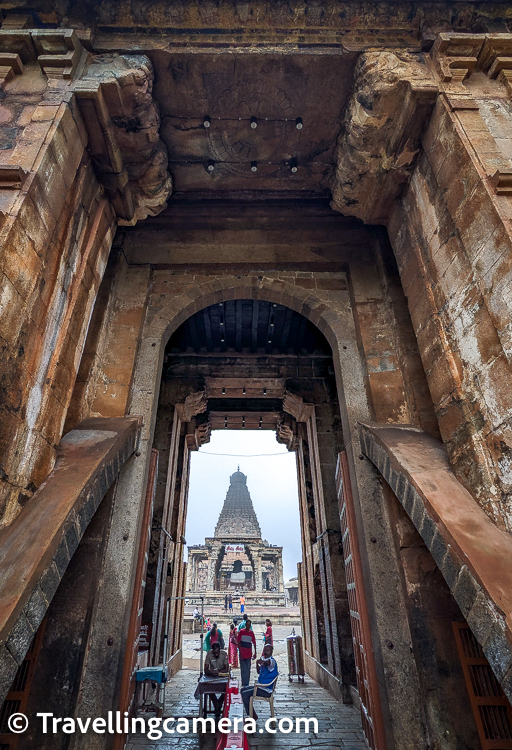
The Brihadeeshwara Temple, also known as the Big Temple, is an ancient temple located in the town of Thanjavur in the Indian state of Tamil Nadu. It was built in the 11th century by the Chola dynasty, one of the most powerful and influential dynasties in South India.
The temple was built by the Chola king Raja Raja Chola I, who ruled from 985 to 1014 CE. The construction of the temple took place between 1003 and 1010 CE and involved the work of thousands of skilled artisans, sculptors, and craftsmen.
The temple was built as a symbol of the Chola dynasty's power and influence. It was designed as a grand temple complex, with a towering vimana (temple tower) that is over 200 feet tall. The vimana is made of granite and features intricate carvings and sculptures that depict scenes from Hindu mythology.
The temple is also known for its massive Nandi statue, which is the largest monolithic Nandi statue in the world. The statue is made of a single stone and measures over 16 feet in height and 20 feet in length.
Over the centuries, the Brihadeeshwara Temple has undergone several renovations and restorations. In the 14th century, the temple was renovated by the Pandya dynasty. In the 16th century, the Nayak dynasty added several structures to the temple complex.
In 1987, the Brihadeeshwara Temple was declared a UNESCO World Heritage site. The temple continues to attract visitors and pilgrims from all over the world who come to admire its magnificent architecture and explore its rich history.
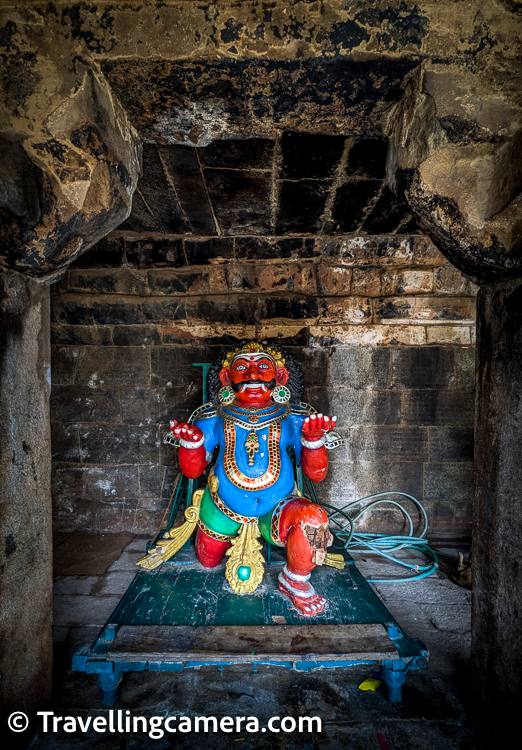
The Brihadeeshwara Temple in Thanjavur is known for its magnificent architecture and intricate carvings and sculptures that depict scenes from Hindu mythology. Here are some of the most notable sculptures in the temple:
Dancing Nataraja: The Brihadeeshwara Temple is home to a magnificent sculpture of Lord Nataraja, the cosmic dancer. The sculpture depicts Lord Nataraja in his dancing form, with flames emanating from his hair and hands.
Ardhanareeswara: Another notable sculpture in the temple is the Ardhanareeswara, which depicts Lord Shiva and his consort, Parvati, in a single form. The sculpture is known for its intricate details and the perfect balance of masculine and feminine energies.
Ganesha: The temple features several sculptures of Lord Ganesha, the elephant-headed god. One of the most notable sculptures is the Ganesha sculpture that is located on the outer wall of the temple. It is known for its intricate carvings and the unique positioning of Lord Ganesha's trunk.
Ravana: The temple also features a sculpture of the demon king Ravana, who is a prominent figure in Hindu mythology. The sculpture depicts Ravana lifting Mount Kailash, the abode of Lord Shiva, with his 10 heads.
Durga: The temple features several sculptures of the goddess Durga, who is known as the divine mother and protector. One of the most notable sculptures is the Durga sculpture that is located on the outer wall of the temple. It is known for its intricate carvings and the depiction of Durga slaying the buffalo demon, Mahishasura.

There are several interesting legends and myths associated with the Brihadeeshwara Temple in Thanjavur. Here are a few:
Legend of the Nandi: According to the legend, King Raja Raja Chola, who built the temple, wanted to install a massive Nandi (the bull mount of Lord Shiva) statue in front of the temple. However, the priests told him that the statue would be too heavy to move. The king then had a brilliant idea - he ordered that a pit be dug in the exact spot where the statue was to be installed. The statue was then placed in the pit and covered with earth, making it look like the bull was sitting in its place.
Curse of the Architect: The chief architect of the temple, Sthapati, was a perfectionist and took great pride in his work. Legend has it that he was so confident in his work that he challenged anyone to find a flaw in the temple's construction. One day, a young boy pointed out a small flaw in the temple's design, which enraged the architect. In a fit of anger, he cursed the temple, saying that it would never be completed. The curse came true - the temple's main tower was never completed, and the scaffolding used for construction was left in place as a reminder of the curse.
The Hidden Treasure: It is said that the temple was built with a hidden treasure buried within its walls. Many have tried to find the treasure, but it has never been found. Some believe that the treasure is guarded by a curse, while others think that it was simply a rumour spread to deter thieves from stealing from the temple.
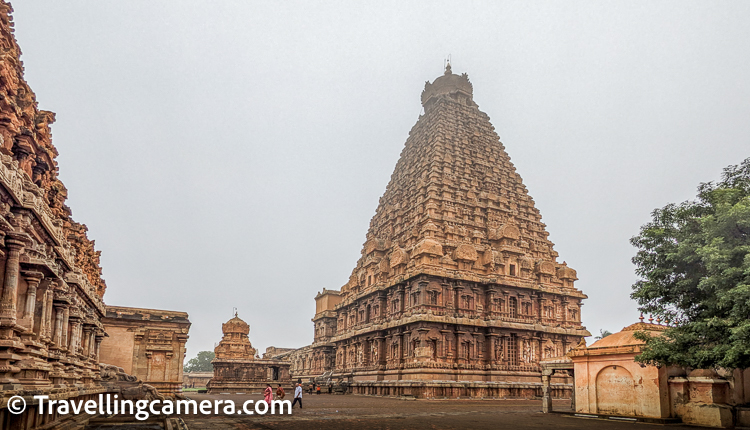
The Chola dynasty, which ruled over a large part of southern India between the 9th and 13th centuries, is renowned for its exquisite art and architecture. Here are some other notable examples of Chola art:
Airavatesvara Temple: Located in the town of Darasuram, this temple is known for its exquisite carvings and sculptures. The temple is dedicated to Lord Shiva and was built by King Rajaraja Chola II in the 12th century.
Gangaikonda Cholapuram Temple: This temple was built by King Rajendra Chola I in the 11th century and is dedicated to Lord Shiva. The temple is known for its intricate carvings and its massive lingam, which is one of the largest in India.
Brihadisvara Temple, Gangaikonda Cholapuram: This temple was also built by King Rajendra Chola I and is similar in design to the Brihadeeswara Temple in Thanjavur. The temple is known for its towering vimana (tower) and its exquisite sculptures.
Chidambaram Nataraja Temple: This temple is dedicated to Lord Shiva and is renowned for its impressive gopurams (gateway towers) and its bronze statue of Lord Nataraja, which is considered to be one of the finest examples of Chola bronze casting.
Thanjavur Palace: The palace was built by the Nayak rulers of Thanjavur in the 16th century and is known for its impressive architecture, which blends elements of Chola, Pandya, and Vijayanagar styles. The palace also houses a museum that showcases various artworks and artefacts from the Chola period.
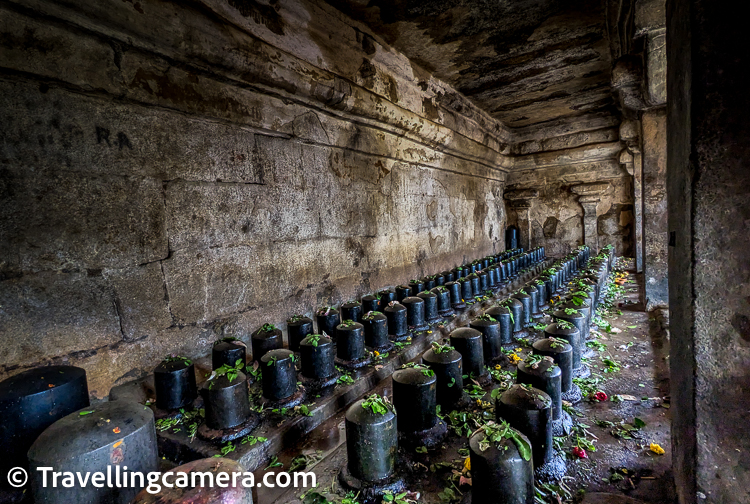
The Brihadeeshwara Temple in Thanjavur has multiple Shivlingas inside the temple complex. The main Shivlinga, which is the primary deity of the temple, is located in the inner sanctum or garbhagriha of the temple.
However, there are several other smaller Shivlingas located throughout the temple complex, including in the Nandi Mandapa (the hall of the bull), the Ardha Mandapa (the hall of dance), and the Maha Mandapa (the great hall). These Shivlingas are believed to represent different aspects of Lord Shiva and are an important part of the temple's overall design and architecture.
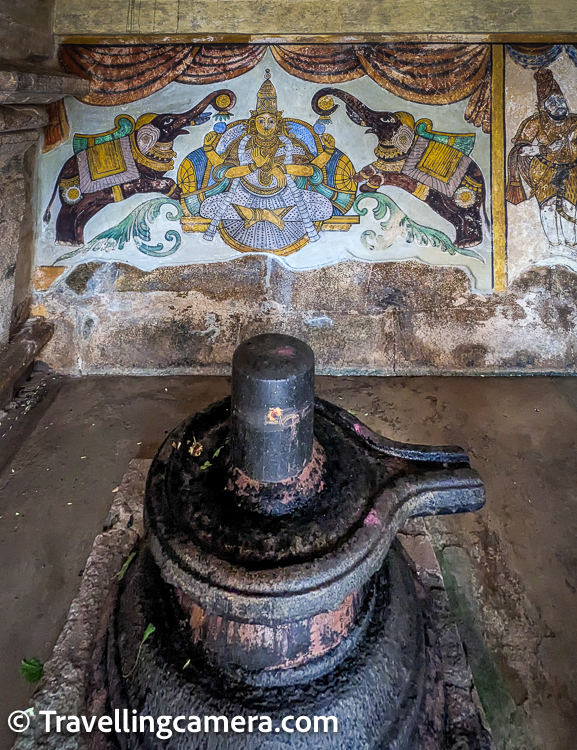
The walls of the Brihadeeshwara Temple in Thanjavur are adorned with beautiful paintings, which are considered to be some of the finest examples of Chola frescoes. These paintings, which date back to the 11th century, depict scenes from Hindu mythology and are painted in vibrant colours using natural pigments.
Some of the prominent themes depicted in the temple's frescoes include the stories of Lord Shiva, Lord Vishnu, and other deities, as well as scenes from the Mahabharata and the Ramayana. The paintings also depict various aspects of daily life, including hunting scenes, musical performances, and scenes of courtly life.
The frescoes are painted on the inner walls of the temple's colonnades and are divided into several panels, each depicting a different scene. The paintings are notable for their intricate detailing, vivid colours, and graceful composition. Despite being over 900 years old, the frescoes have survived remarkably well and are considered to be one of the most important examples of Chola art.
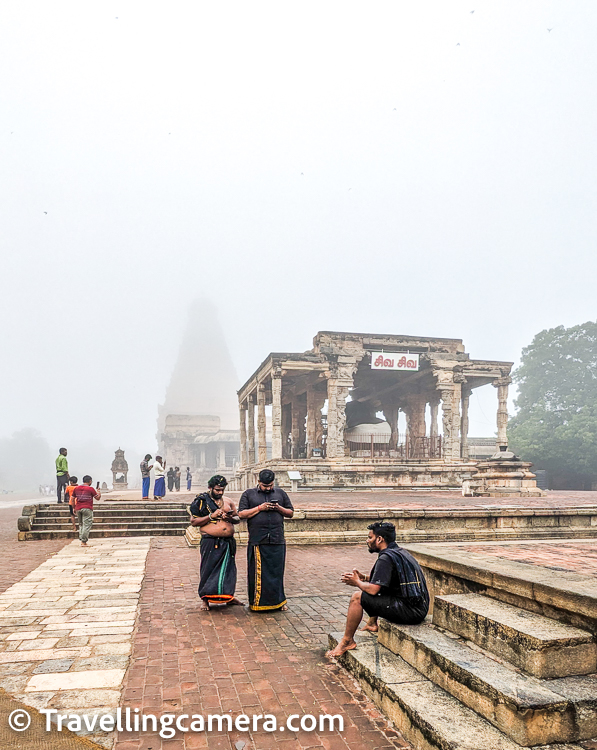
The Brihadeeshwara Temple in Thanjavur has several mandapas (halls) within its complex. These mandapas were used for various purposes such as religious ceremonies, dance performances, and as a gathering place for devotees.
The most notable mandapa in the temple is the Maha Mandapa (great hall), which is located in front of the inner sanctum or garbhagriha. The Maha Mandapa is a massive hall with several rows of pillars that support a flat roof. The roof is adorned with intricate carvings and paintings, while the pillars are decorated with intricate carvings of deities, dancers, and mythical creatures.
Another important mandapa in the temple is the Ardha Mandapa (hall of dance), which is located between the Maha Mandapa and the sanctum. This hall is also adorned with intricate carvings and paintings, and is believed to have been used for dance performances and other cultural events.
The Nandi Mandapa (hall of the bull) is another notable mandapa in the temple complex. This hall is located in front of the temple's main entrance and houses a massive statue of Nandi, the bull mount of Lord Shiva. The statue is carved out of a single block of stone and is one of the largest Nandi statues in India.
The mandapas in the Brihadeeshwara Temple are an important part of its architecture and design, and provide a glimpse into the rich cultural heritage of the Chola dynasty.
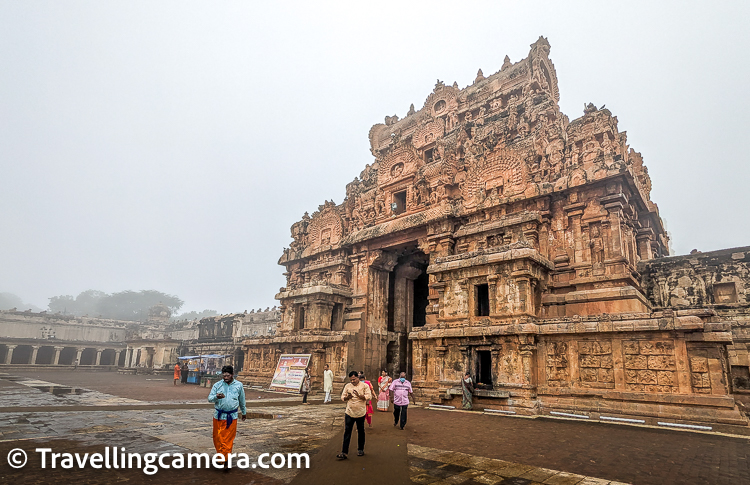
The Brihadeeshwara Temple in Thanjavur has four impressive gopurams (gateway towers) that are located at the four cardinal points of the temple complex. These gopurams are intricately carved and decorated with sculptures of deities, mythical creatures, and scenes from Hindu mythology.
The eastern gopuram is the main entrance to the temple complex and is known as the Keralantakan Tiruvasal. This gopuram is the tallest of the four and stands at a height of 66 metres. It is also the most ornate, with several levels of carvings and sculptures that depict various scenes from Hindu mythology.
The other three gopurams are located on the north, south, and west sides of the temple complex. These gopurams are slightly smaller in size but are equally impressive in terms of their intricate carvings and sculptures.
The gopurams also serve as a means of orientation and wayfinding, with each one providing access to different parts of the temple complex. For example, the northern gopuram provides access to the Nandi Mandapa, while the southern gopuram provides access to the temple's kitchen and dining hall.
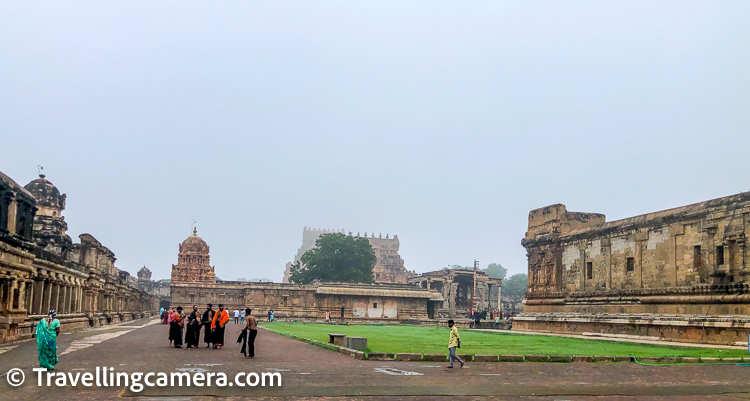
As one of the most impressive examples of Chola architecture and art, the Brihadeeshwara Temple in Thanjavur is a truly awe-inspiring sight. I was mesmerized by the towering vimana (tower), intricate carvings, and beautiful frescoes that adorn the temple walls. As I walked through the temple complex, I marveled at the various mandapas (halls) and gopurams (gateway towers), each one more impressive than the last. It was clear that this temple was not just a religious site, but a cultural and artistic masterpiece that showcased the skill and craftsmanship of the Chola dynasty's artisans and sculptors. Visiting the Brihadeeshwara Temple was an unforgettable experience that left me with a deep appreciation for India's rich cultural heritage.
 Noida to Rameswaram road trip via the Eastern Ghats || A Challenging, Intense, and Enriching Journey through Six States of India
Noida to Rameswaram road trip via the Eastern Ghats || A Challenging, Intense, and Enriching Journey through Six States of India Delhi to Bhopal Road Trip - The very first day of our 14 days long trip through east coast of India || Noida to Rameshwaram
Delhi to Bhopal Road Trip - The very first day of our 14 days long trip through east coast of India || Noida to Rameshwaram

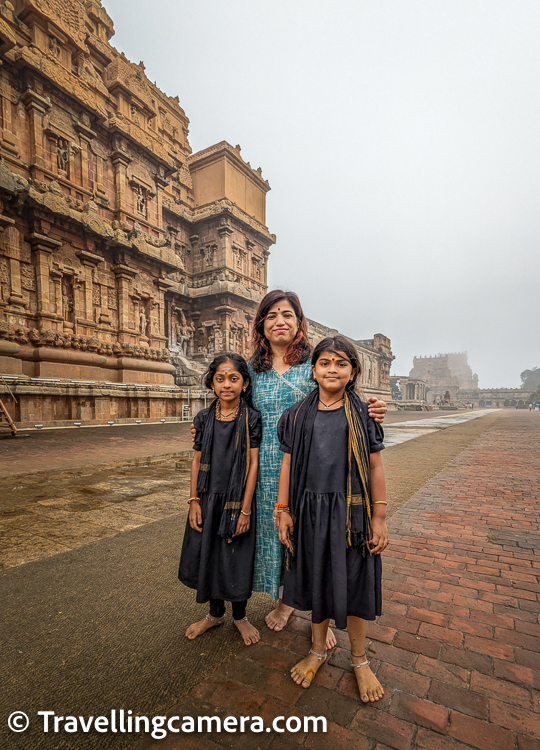








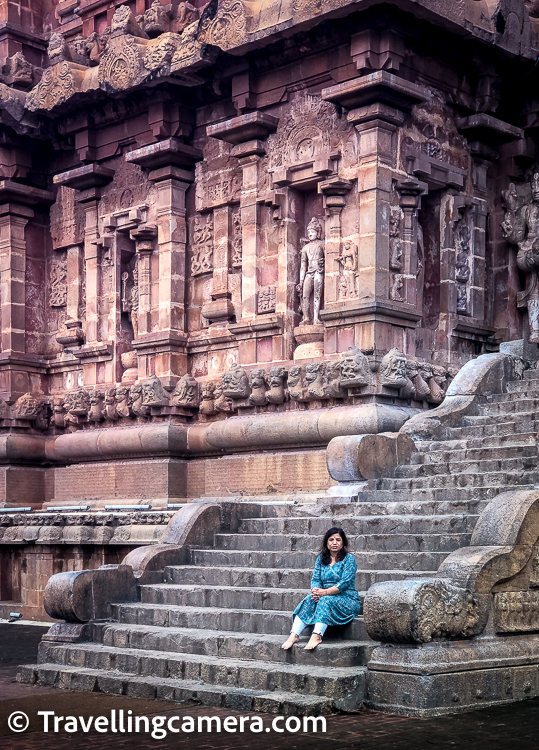



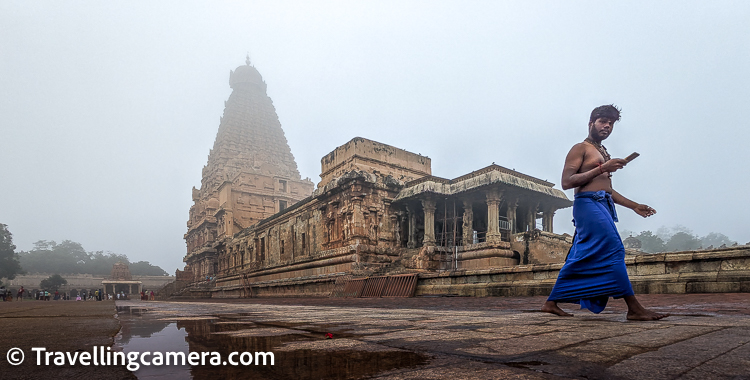



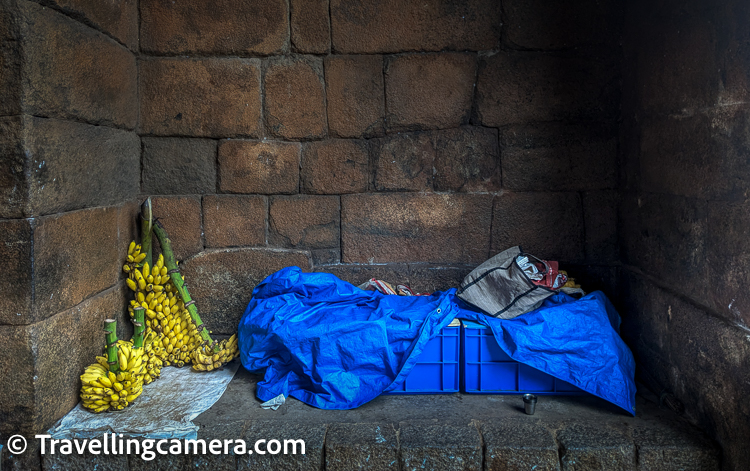



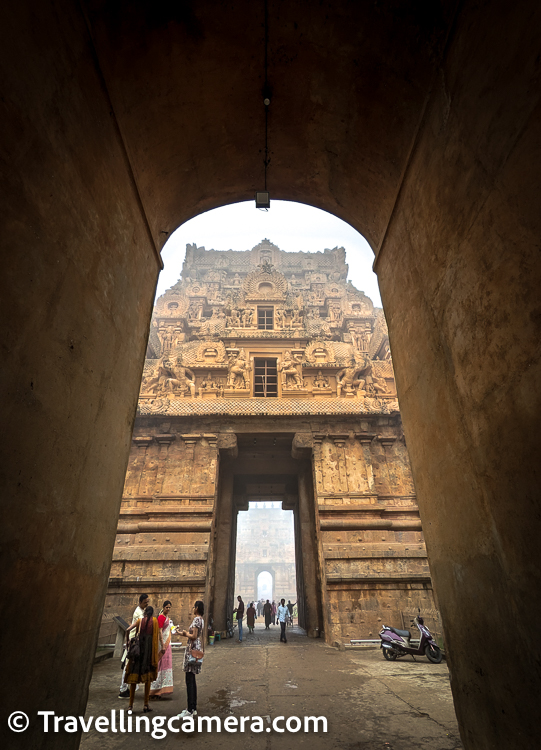



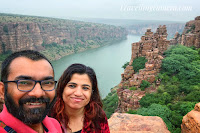

%20to%20see%20the%20Danish%20fort%20in%20Tamilnadu%20state%20of%20India-3.jpg)



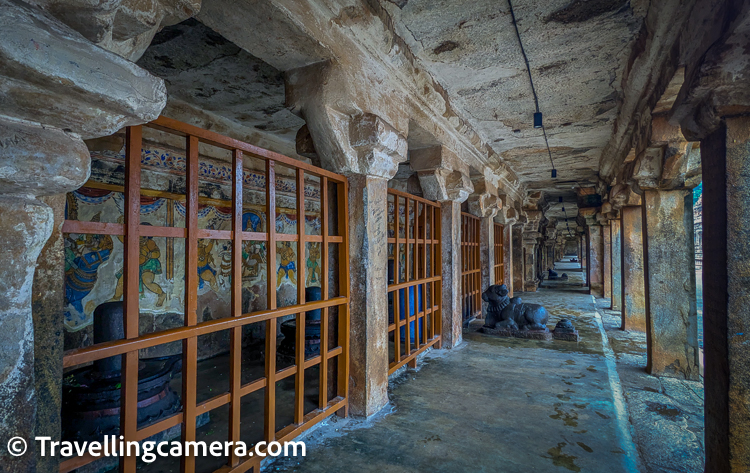

.jpg)
Comments